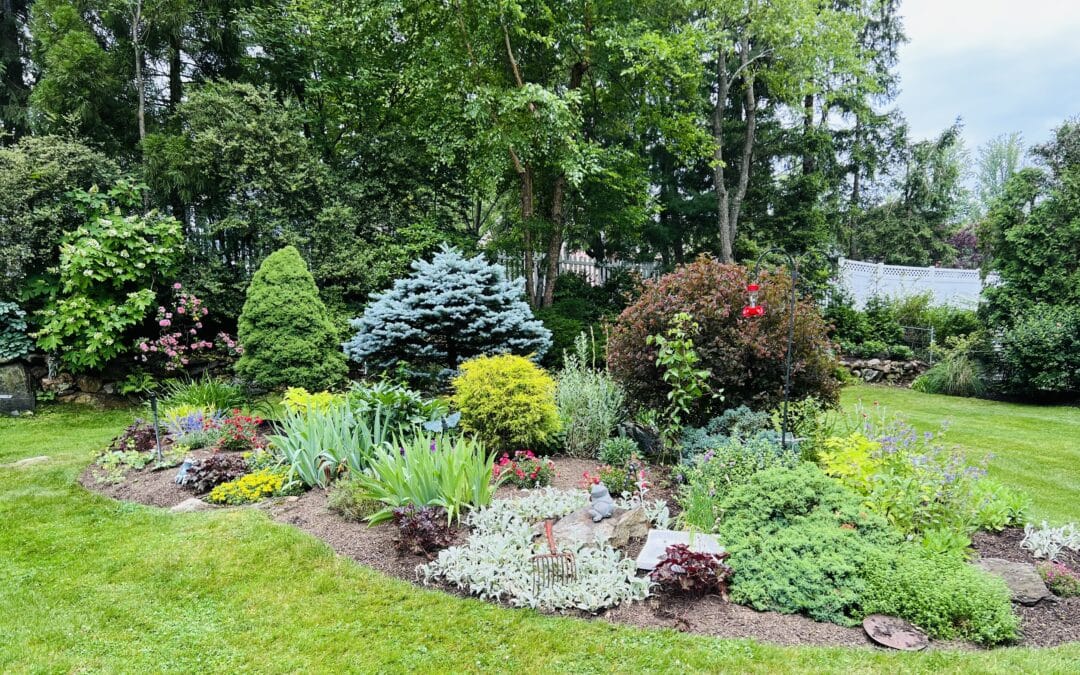The value of pollinators like bees, butterflies, and hummingbirds in preserving ecosystem health and assisting in food production has come to light in recent years. In addition to providing benefits for these important animals, designing a pollinator-friendly garden can enhance the beauty and diversity of your outdoor area. You may enjoy the sight of vibrant blossoms and flourishing plants in your garden while converting it into a refuge for pollinators with a few easy steps.
Choose Native Plants
Native plants are excellent candidates for a pollinator-friendly garden since they are well suited to the local climate and soil conditions. Look into native plant species that are known to draw pollinators to your region and include them in the design of your garden. Butterflies and bees especially like native wildflowers including milkweed, black-eyed Susans, and coneflowers.
Provide a Variety of Blooms
Since different kinds of flowers attract different pollinators, try to provide a variety of blooms over the duration of the growing season. Select a diverse array of flowers in terms of sizes, shapes, and colors to attract a variety of pollinators. Incorporate spring pollinators like daffodils and crocuses, along with late-blooming flowers like goldenrods and asters that will continue to produce food sources until the fall.
Incorporate Host Plants
Many pollinators need particular host plants in order to finish their life cycles and lay their eggs. For instance, milkweed plants provide the only source of nourishment for the caterpillars of monarch butterflies. Make sure your garden design includes the host plants that will attract the pollinators you want to see there. You may establish a habitat that supports pollinators throughout their whole life cycle by offering both nectar sources and host plants.
Avoid Chemicals
Pesticides, herbicides, and synthetic fertilizers can be harmful to pollinators and other beneficial insects. Instead, opt for organic gardening practices to maintain a healthy and thriving garden ecosystem. Use natural methods of pest control, such as handpicking pests, encouraging natural predators, and practicing crop rotation. By minimizing chemical inputs, you’ll create a safer environment for pollinators to thrive.
Provide Shelter and Water
In addition to food sources, pollinators also need shelter and water to thrive. Incorporate features such as bee hotels, butterfly houses, and bird baths into your garden to provide refuge and hydration for pollinators. Be sure to keep bird baths filled with fresh water and provide shallow dishes or rocks for butterflies and bees to land on while drinking.
Create Habitat Diversity
Pollinators thrive in diverse habitats that provide a variety of food sources, nesting sites, and shelter. Incorporate features such as meadows, hedgerows, and brush piles into your garden to create diverse microhabitats that attract a wide range of pollinators. Leave some areas of your garden undisturbed to provide nesting sites for ground-nesting bees and other insects.
Educate and Inspire
Share your passion for pollinator-friendly gardening with others and inspire them to create their own pollinator habitats. Host workshops, give presentations, or simply share your experiences and knowledge with friends, family, and neighbors. By spreading awareness and encouraging others to take action, you can multiply the impact of your efforts and help support pollinator populations on a larger scale.
Not only is making a pollinator-friendly garden a satisfying project for gardeners, but it’s also an essential step in protecting ecosystem health and biodiversity. You may create a stunning and colorful ecosystem that helps pollinators and people alike by using these suggestions and implementing pollinator-friendly gardening techniques into your routine.

